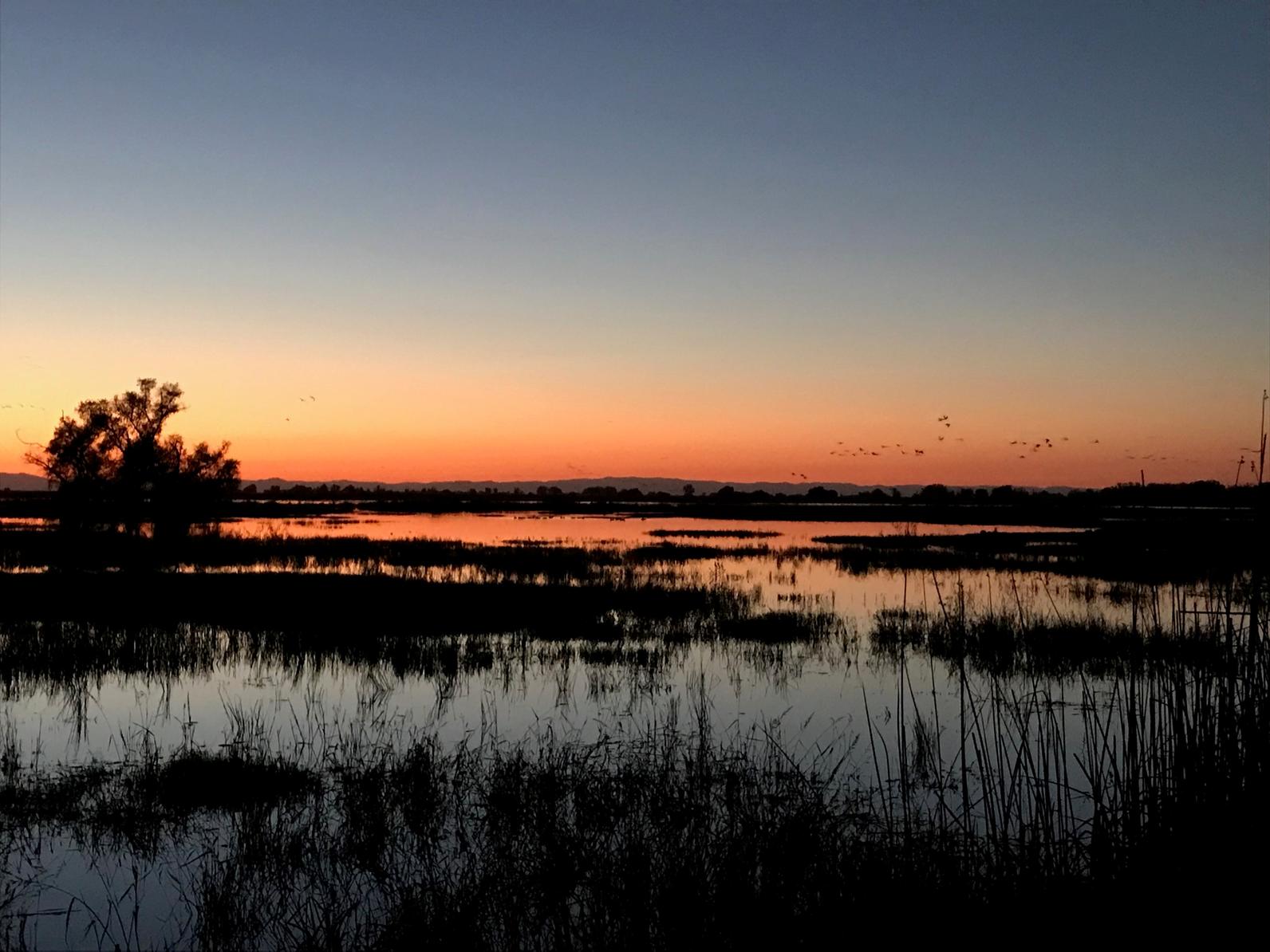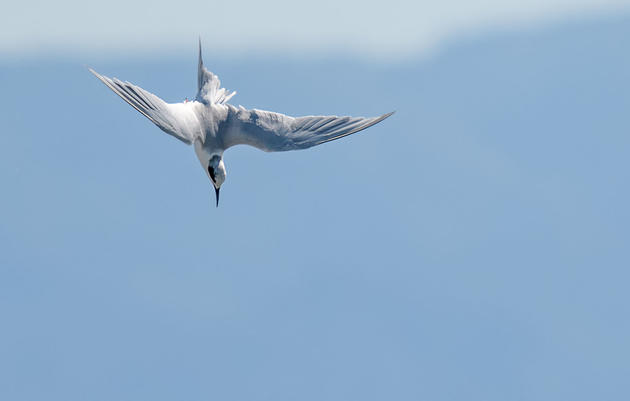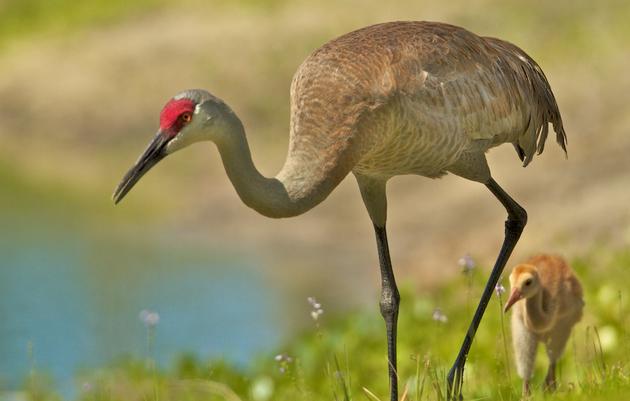Audubon California supporters, partners and staff visited the Merced National Wildlife Refuge in early November to witness just how important the Central Valley refuge system is for migratory birds. Groundwater pumped into the Merced Refuge provides much-needed habitat for ducks, geese, cranes, shorebirds and other wildlife each winter. We saw 40 species during our late afternoon visit, including dozens of greater white-fronted geese, white-faced ibis, pintails, shovelers, black-necked stilts, dunlin and dowitchers.
After completing the Refuge’s auto tour, we waited at the final viewing platform while the sun set with a beautiful, orange glow over quiet ponds. It began to get dark. Then suddenly we saw – and heard – flocks of sandhill cranes flying overhead. They came from all directions, from where they had been feeding all day in surrounding farm fields. The cranes kept coming, noisily circling their way over the refuge with their unmistakable calls, looking for a safe place to roost in the water on the refuge or in nearby flooded fields. We saw them close by and as thousands of tiny dots far off in the darkening orange-purple sky. In the midst of all the majestic ruckus of the crane-down, a meteorite fell brightly through the sky nearby – startling a great-horned owl that swooped directly over our heads.

Protected wetlands and their linkages to surrounding agricultural lands make the central valley an important stop along the Pacific Flyway. This refuge hosts one of the largest wintering populations of lesser Sandhill cranes with as many as 20,000 cranes making the refuge their winter home for 6 months.
So many of us support Audubon’s mission because we’ve witnessed incredible birding experiences like this. If you haven’t, check our Facebook posts for ways to visit or help out with our work in the field and visit your local Audubon California center or Sanctuary, or contact your local Audubon chapter.









